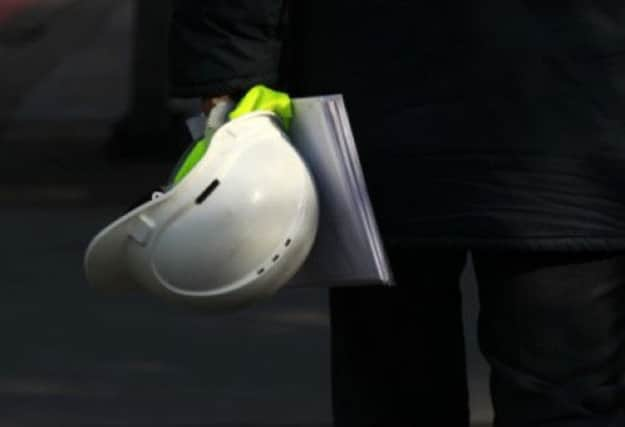Communities suffer as coal firms collapse


The recent collapse of two major Scottish open-cast coal operators, ATH Resources and Scottish Coal, has left a legacy of polluted sites and calls into question how we regulate and secure restoration of industrial development in Scotland.
The collapse of the two companies has left thousands of hectares of excavated and polluted land across central Scotland, some of it in protected areas for wildlife. The real scandal, however, is that restoration bonds, which are intended to cover the cost of restoration if firms go bust, have proven to be woefully inadequate – just when they are needed most.
Advertisement
Hide AdAdvertisement
Hide AdIn addition to having to put up with environmental damage and other inconvenience during mining operations, communities near the sites are now left with no guarantee that the land will ever be properly restored. In East Ayrshire alone, where the majority of mining took place, nearly 2,000 hectares need to be restored. There is also an estimated restoration deficit of £130 million, which could now fall to the public purse.
This is not to say that the collapsed companies have no cash left. In July, the liquidator KPMG went to court and secured the right to abandoned sites and attached environmental conditions, complaining that this swallows up funds that should go to creditors (mainly Lloyds Banking Group). The decision contradicts the “polluter-pays” principle, that industry should pay its own clean-up costs, and ranks the environment below the interests of company profit. The ruling has been appealed, but as it stands, it is a “double whammy” for nature conservation and environmental justice in Scotland.
If land can be abandoned by insolvent companies, with inadequate restoration funding, this has serious implications for other industries, including those involved with landfill sites, gas drilling sites and wind farms, which all require restoration at the end of their lifespans.
For 20 years, RSPB Scotland has, often literally, been at the coal face on this issue, advising coal operators and authorities, trying to minimise environmental damage and, when the damage was just too severe, opposing developments.
In 2007, RSPB Scotland objected to the extension of Grievehill mine in East Ayrshire on the grounds of the damage it would cause to a European wildlife site. We emphasised the importance of guaranteeing the delivery of restoration required by European law. Sadly, Grievehill is now one of the sites left abandoned, confirming our worst fears and raising questions about whether the European Commission will now get involved.
What is abundantly clear is that light-touch regulation, where it is taken largely on trust – in the belief that industry will keep its side of the bargain – is not adequate to protect Scotland’s wildlife. We also need to question whether an industry that leaves behind such a devastating environmental legacy is the sort of industry we want in a modern Scotland.
We need an inquiry at national level to find out what went wrong, and soon – whether through a full public inquiry, investigation by the Auditor General or other transparent process.
Incredibly, given the mess, there are several current applications for new mines. Some Scottish Coal and ATH sites are even being allowed to continue operating, making the holes bigger and deeper, even though there is no guarantee restoration will ever happen.
Advertisement
Hide AdAdvertisement
Hide AdIt is time to tell our politicians to stop digging, at the very least until restoration is secure – for the benefit of Scotland’s people and its wildlife.
• Aedán Smith is head of planning and development at RSPB Scotland